News
-
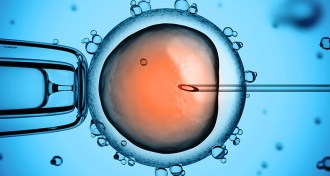 Genetics
GeneticsGene editing of human embryos yields early results
Gene editing in embryos has started in labs, but isn’t ready for the clinic.
-
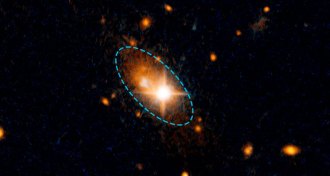 Astronomy
AstronomySupermassive black hole gets kicked to the galactic curb
Gravitational waves may have given a supermassive black hole a big kick, with enough energy to send it flying toward the edges of its host galaxy.
-
 Quantum Physics
Quantum PhysicsMillions of atoms entangled in record-breaking quantum tests
Scientists make advance in the quest to take quantum effects to larger scales.
-
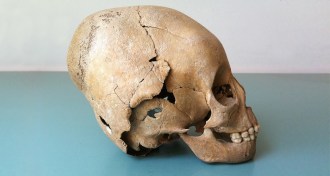 Archaeology
ArchaeologyAncient Romans may have been cozier with Huns than they let on
Nomadic Huns and Roman farmers shared ways of life on the Roman Empire’s fifth century frontier.
By Bruce Bower -
 Earth
EarthDeadly New Zealand quake hopscotched across faults
The Nov. 14, 2016, earthquake in New Zealand was much larger than thought possible at the time, prompting a rethink of hazard assessments.
-
 Health & Medicine
Health & MedicineDengue fever spreads in a neighborly way
Individual strains of dengue spread locally, and new infections cluster near the home of the first person affected.
-
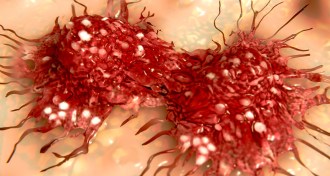 Health & Medicine
Health & MedicineRandom mutations play large role in cancer, study finds
Mistakes made while copying DNA account for more mutations in cancer cells than environment or inheritance do.
-
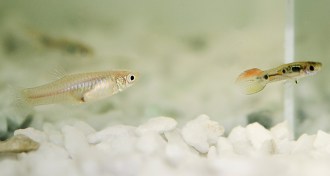 Animals
AnimalsFemale guppies with bigger brains pick more attractive guys
A larger-brained female guppy may pick primo males, but all that mental machinery costs her in other ways.
By Susan Milius -
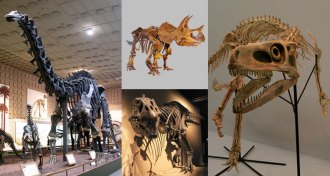 Paleontology
PaleontologyAnatomy analysis suggests new dinosaur family tree
A new analysis rewrites the dinosaur family tree, splitting up long-recognized groups.
-
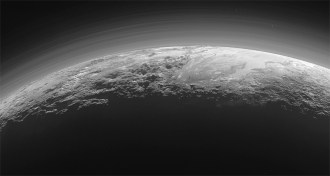 Planetary Science
Planetary ScienceHow Pluto’s haze could explain its red spots
Pluto’s collapsing atmosphere may explain the dwarf planet’s seemingly random ruddy spots.
-
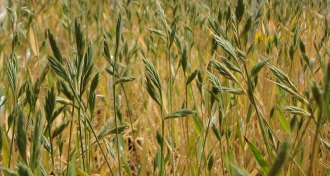 Plants
PlantsGenetic switch offers clue to why grasses are survival masters
Scientists have identified a genetic switch that helps grasses regulate their carbon dioxide intake.
-
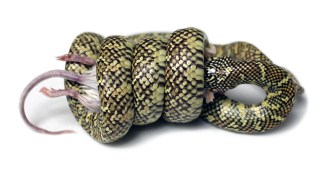 Ecosystems
EcosystemsA king snake’s strength is in its squeeze
King snakes feast on other, larger snakes, perhaps thanks to superior constricting abilities, new research suggests.